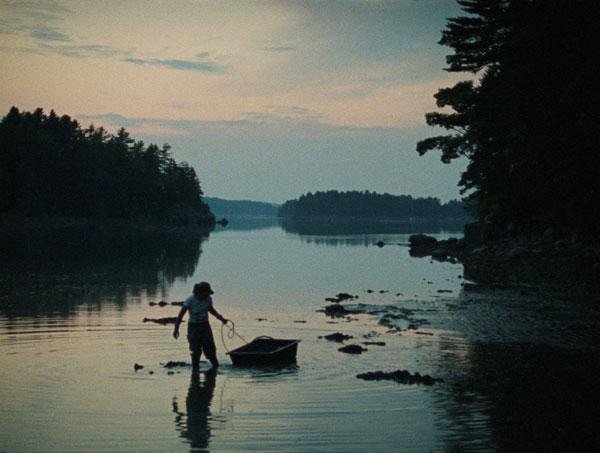Sharon Lockhart
dal 10/5/2012 al 1/9/2012
Segnalato da
10/5/2012
Sharon Lockhart
EACC Espai d'Art Contemporani de Castello', Castello'
Double Tide. Lockhart's work continues in a long line within Western tradition based on the meditative observation of everyday acts. The exhibition takes as its point of departure the film installation of the same name from 2009 consisting of two stationary shots. Lockhart's two photographs that accompany the film installation function as two examples of the influence of painting tradition within her work.

Curated by Neus Miró
Espai d’art contemporani de Castelló presents a project by American artist Sharon Lockhart, curated by Neus Miró and conceived specifically for the centre and its environs.
The exhibition Double Tide takes as its point of departure the film installation of the same name from 2009 consisting of two stationary shots. Lockhart fixes her camera on one of the few female clam diggers still working on the coast of the state of Maine (USA), and records her movements during two moments of the day, coinciding with dawn and dusk, as she works in tandem with the ebb and flow of the tide.
Lockhart’s work continues in a long line within Western tradition based on the meditative observation of everyday acts. In this regard, the benchmarks for her work can be found in the history of European still life painting, as well as international ethnographic filmmaking. Lockhart’s two photographs that accompany the film installation function as two examples of the influence of painting tradition within her work.
Lockhart often develops her work with the direct involvement of the subjects featured in her photographs and films, and as such her installations have begun to incorporate objects and artworks made by her collaborators. As part of the exhibition at EACC, Lockhart includes two drawings by Jen Casad, the clam digger featured in Double Tide. Casad’s drawings show another vision of her surroundings, of people subsisting on a form of labor that is vanishing. The drawings are small works made in pencil, and focus on workers engaging in other sorts of labor along the Maine coast.
Lockhart continues to develop a sort of choral character to her installations. Predicated on the initial piece, Lockhart composes a constellation of elements that start from and allude to various forms of the work on which her work is based, often in consonance with and rooted in the place where the exhibition is staged. Through regional research, Lockhart worked with the curator to select objects and artworks that expand the possible meanings and resonances of her work. At EACC, Lockhart focused on the influence that fishing has historically had within a specific context, as well as its relevance today. To this end, she has chosen to include an 18th century still life painting by Luis Meléndez, on loan for the occasion from the Fine Arts Museum of Bilbao. The exhibition also includes a range of objects, utensils and tools used in the type of fishing native to the district of El Grao in Castellón, on loan from the Mar i Vent association.
Image: Sharon Lockhart, Double Tide, 2009. Two channel installation,16 mm color/sound film transferred to HD
Marta Liaño
Comunicación
T + 34 964 723 540
F + 34 964 260 771
comunicacion@eacc.es
www.eacc.es
EACC
C/ Prim, s/n - 12003 Castelló
Oopen: from Tuesday to Sunday from 10 am to 8 pm.
Closed on Mondays



